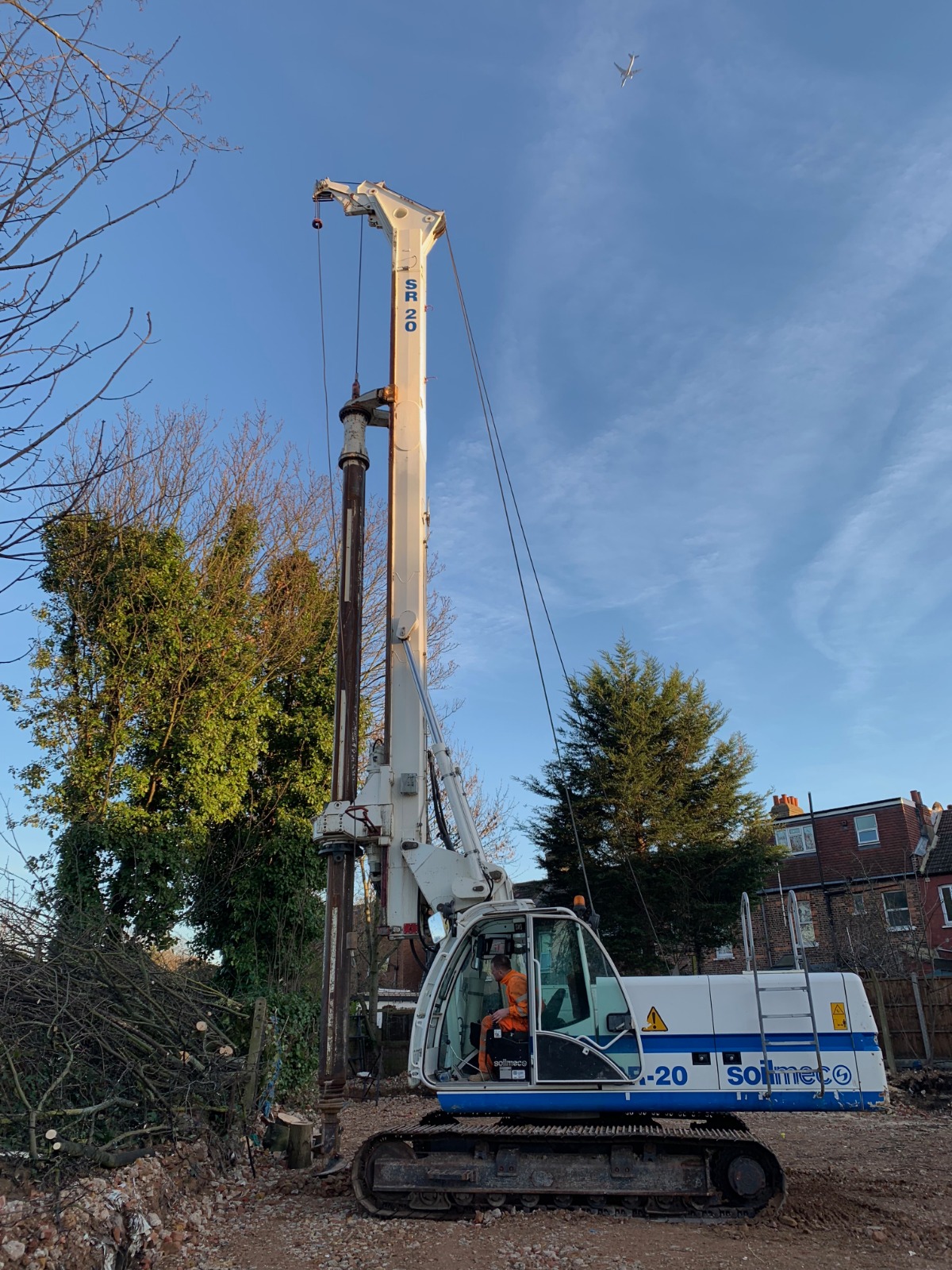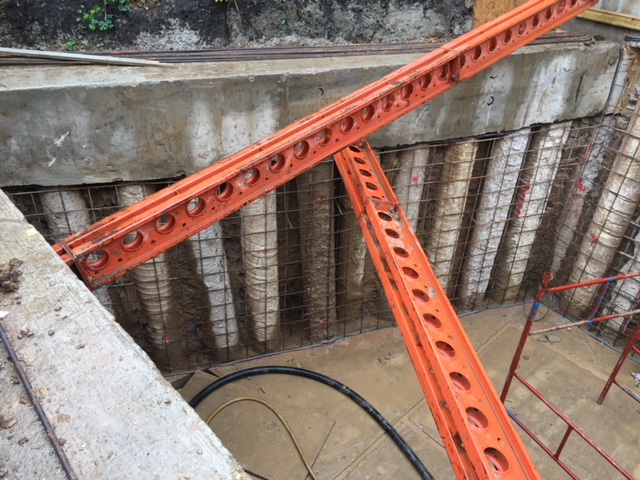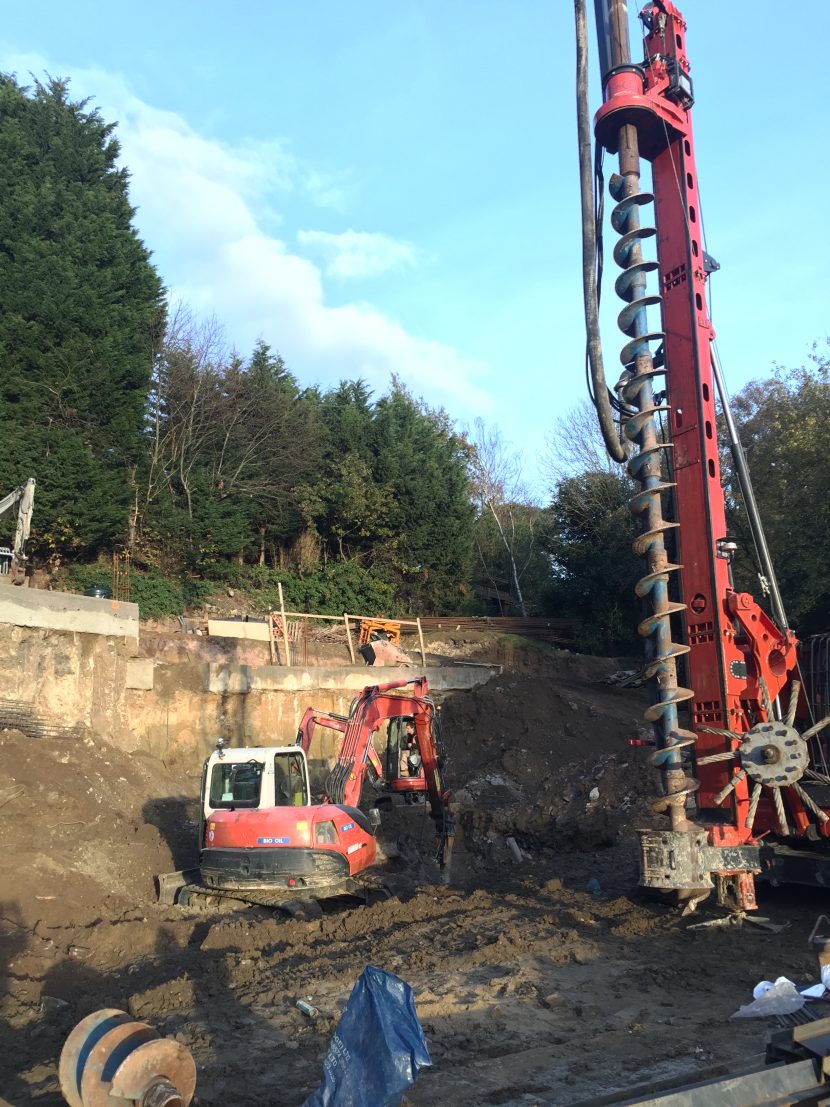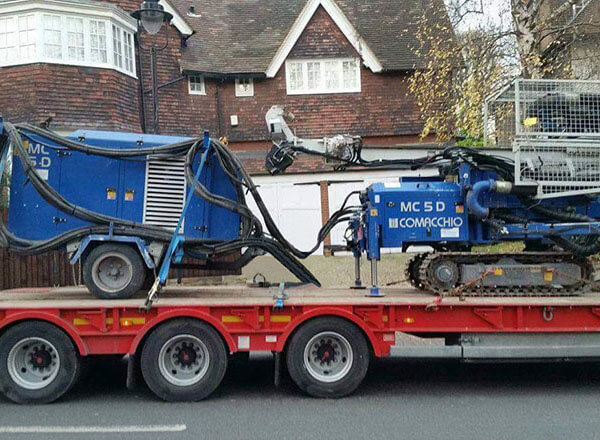Introduction
When embarking on a construction project, one of the most critical decisions is selecting a reliable piling contractor. The foundation of your structure literally depends on the quality and expertise of the piling service you choose. If you are searching for “piling companies near me” particularly in the London area, KHB Piling LTD stands out as a top-tier choice. This post will guide you through why KHB Piling LTD should be your go-to option for piling services.
What is Piling and Why is it Crucial?
Piling involves driving long, slender columns (piles) into the ground to provide support for buildings and other structures. This technique is essential for ensuring stability, especially in areas with challenging soil conditions. Piling helps distribute the weight of the structure, preventing settling and other structural issues over time.
Why Choose KHB Piling LTD?
- Expertise and Experience:
- With years of experience in the industry, KHB Piling LTD has handled a wide range of piling projects, from small residential builds to large commercial developments. Their expertise ensures that each project is completed to the highest standards.
- Comprehensive Services:
- KHB Piling LTD offers a variety of piling services, including mini piling, CFA piling, and rotary bored piling. This versatility means they can tailor their approach to suit the specific needs of your project, whether it’s a compact residential site or a large commercial plot.
- Quality and Safety:
- The company prioritizes quality and safety in all its operations. Using state-of-the-art technology and adhering to strict safety protocols, KHB Piling LTD ensures that every project is executed flawlessly and safely.
- Local Knowledge:
- As a London-based company, KHB Piling LTD has an in-depth understanding of the local soil conditions and regulatory requirements. This local expertise is invaluable in planning and executing effective piling solutions.
Services Offered by KHB Piling LTD
- Mini Piling: Ideal for sites with restricted access or where traditional piling methods are not feasible.
- CFA Piling: Suitable for larger projects, providing a continuous pile for greater load-bearing capacity.
- Rotary Bored Piling: Used for high load capacities and mixed ground conditions, ensuring robust foundations for substantial structures.
How to Get Started with KHB Piling LTD
- Initial Consultation:
- Contact KHB Piling LTD to discuss your project requirements. Their team will provide a comprehensive assessment and a detailed quote, ensuring transparency and clarity from the outset.
- Project Execution:
- Once the quote is accepted, KHB Piling LTD will schedule the piling works. Their experienced team ensures minimal disruption and efficient execution, adhering to the agreed timeline and budget.
- Completion and Inspection:
- After completing the piling works, the team will coordinate with local building control for inspection and approval. This ensures compliance with all regulatory standards and guarantees the quality of the work done.
Conclusion
For those searching for “piling companies near me,” especially in London, KHB Piling LTD offers unparalleled expertise, comprehensive services, and a commitment to quality and safety. Contact KHB Piling LTD today to ensure your construction project starts with a solid foundation.







